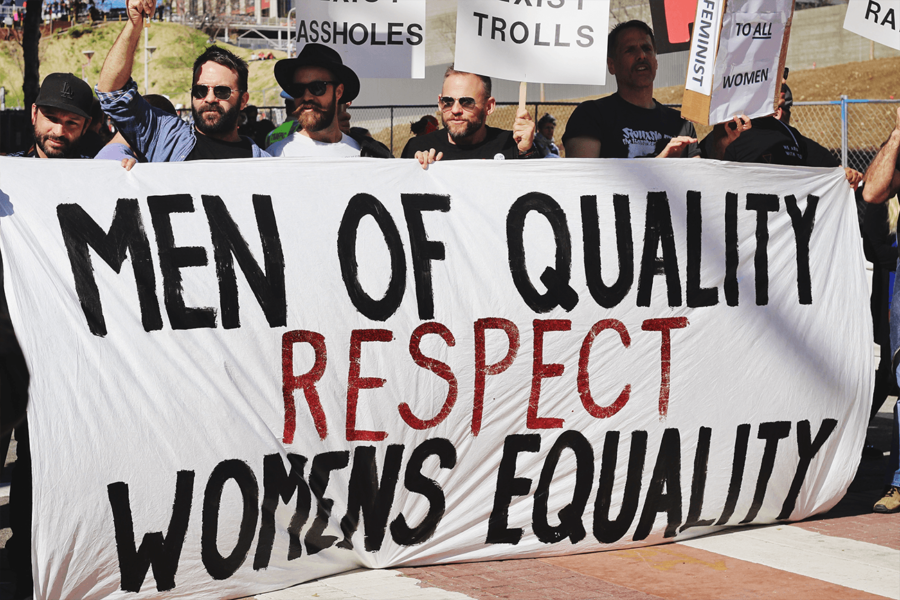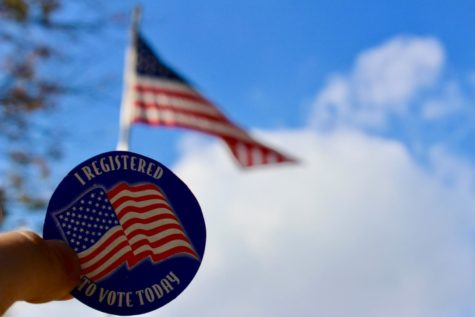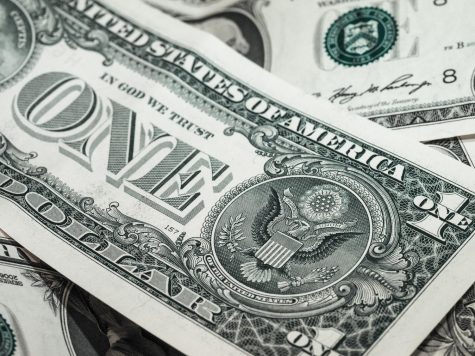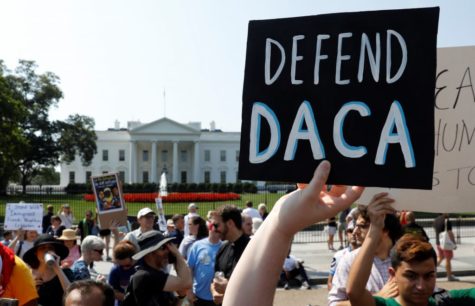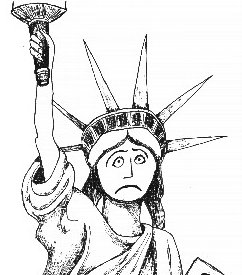Female and Male Perspectives on Women’s Rights Movements
The role of a woman in society has changed dramatically since the 17th century. From July of 1848, when the first women’s rights gathering happened, to the 2018 Women’s March, women are trudging forward, fighting for equal rights. In the beginning of this journey toward equality, women did not have many supporters outside of their gender. The domestic sphere has evolved into something much more than it was in the 1800s. Women were seen as objects for male entertainment, weak, uneducated, and non-eligible for becoming leaders in societies. However, the domestic sphere today has evolved into something much more than it was in the 1800s.
However, the contrast slowly started to appear when women wanted to be recognized and addressed as human beings, not symbols. The demand for equal rights started to become more and more common. Females from all over the world wanted to join in because they were sick of the catcalling, the dismissal of ideas from their work environment, and instances of being taken advantage of. When jumping forward to 2018, we see that this movement is still continuing to happen. The fight will not stop. We as women will not stop until our goal is accomplished. Emma Murphy, a senior who attends Althoff Catholic High School, stated her love for the Women’s March and why she decides to march. “As a female, it’s world changing to be surrounded by people who can view you as an equal not as a competitor. Seeing so many people stand up and vow to be aware of their behavior and fight for those who desperately need it was empowering to say the least.” Women have so much education, leadership, strength, and passion to offer this world. And we want to be taken seriously.
Through the evolution of the Women’s Rights Movement, the amount of support from men has varied. When women were beginning to embark on this journey, men were not on board with the whole equality situation. Many of them liked being seen as dominant and having the control of power. In contrast, more males are starting to support the equality of both genders and marching alongside women in the process. Jack Rintoul, a junior who attends Kirkwood High School, explained his love for his sisters, and how he hates to see them not seen as equals. “I march because my two sisters should be treated the same as me and be paid the same as me and not objectified. I think that marching is one of the best ways to practice my civil responsibility and act on something I’m passionate about.” Fitz Cain, a sophomore who attends SLUH, shares a message to men who don’t feel the need to support equality. “Every man has strong women in his life. My advice for men who don’t openly support women’s rights is to look to those women in their lives. Why wouldn’t you want those women to have the same freedoms that you do?”
In this world, we only have each other. This movement should not be the tearing down of others, but the build up of one another. This is prolonging the same movement in a new generation, and we for one want to be the innovators.

